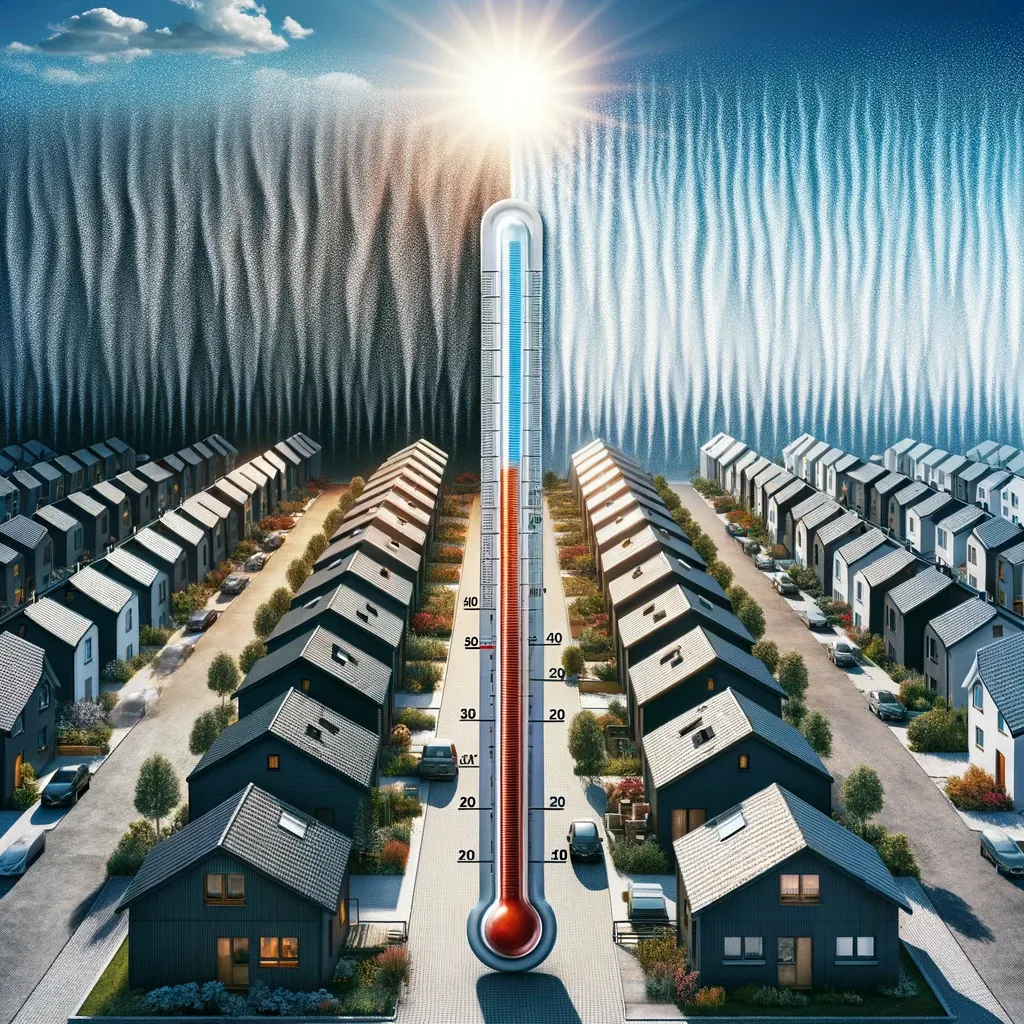Heat-absorbing roofs increase the electricity bill by $700 a year. Why are they so popular?

In southern Greece or Tunisia, you might notice many white roofs and buildings designed to reflect intense heat and keep residents cool. However, the situation in Australia is quite different. New developments in the hottest areas around Sydney and Melbourne are predominantly covered with dark roofs, black roads, and minimal trees. Dark colors absorb and retain heat rather than reflect it. This can be beneficial in winter in Tasmania, but not where heat becomes a problem.
A dark roof means you'll have to pay significantly more to cool your home in the summer. Last year, the average household in New South Wales paid $1,827 for electricity. But those with a light-colored cool roof can pay $694 less due to lower cooling needs. In other words, a dark roof in Sydney increases your electricity bill by 38 percent.
When the suburbs are filled with dark roofs, the whole neighborhood heats up. And heats up. And heats up. It's part of the urban heat island effect.
Cool roofs have many advantages. They reduce the amount of heat entering your home from the sun, keep the air around your house cool, enhance the efficiency of your air conditioner, and increase the effectiveness of your solar panels.
State governments could penalize dark roofs and provide incentives for light roofs. If scaled, this would help keep our cities cool in the face of climate change. But outside of South Australia, this just isn't happening. You can clearly see the difference that roof color can make. On the left you see an actual view of the new township. On the right the infrared camera shows the difference in heat (more red = hotter, green = cooler).
Why aren't government authorities taking action? So far, our leaders have shown no interest in encouraging us to change our attitude towards dark roofs. In New South Wales, plans to ban dark roofs were suddenly canceled in 2022 after protests from developers. The current New South Wales Minister for Planning, Paul Scully, has suspended the update of building sustainability standards in the state that would promote light-colored roofs. Other Australian states and territories have also paused the implementation of new, more ambitious building sustainability standards.
Comment
Popular Posts
Popular Offers

Subscribe to the newsletter from Hatamatata.com!
Subscribe to the newsletter from Hatamatata.com!
I agree to the processing of personal data and confidentiality rules of Hatamatata














